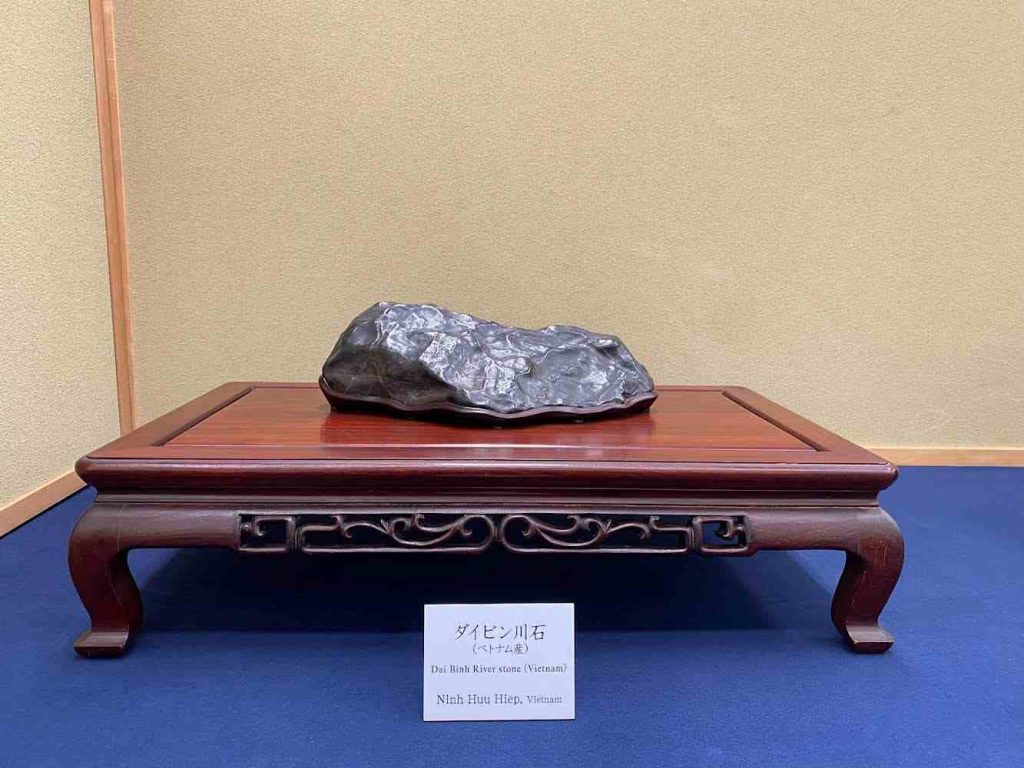Related
CLASSIFYING SUISEKI IN SUISEKI.COM
In the world of viewing stones, there is no “one way” to classify a stone. Influenced by traditional classification systems, classifying is still a matter of collectors personal tastes and contemplation. A very suggestive stone may fit into more than one classification, and the collector has the honor and pleasure of choosing the class that they feel most clearly represents the nature of the stone.
While the Chinese classify their stones primarily by place of origin, the Japanese, the Korean and the Western collectors use several classifying systems, some of which include: shape, color, pattern, location, modifications, size, poetic name.
Visit our classifications section for complete listings of each cultures classification systems.
Generally, one or two classifications are used in labeling a suiseki.
Japanese labeling order: (if more than one classification system is desired)
- place of origin
- surface pattern
- color
- shape
- a poetic name is often included after the last classification name
- rarely does a collector use all four of these systems
Most Americans classify suiseki by shape or surface pattern, and sometimes place of origin and increasing in popularity is the adding poetic names.
Japanese collectors also use the following classifying terms:
– Biseki (beautiful stones):
- stones that have been carved or polished to enhance their beauty
- do not have to have a suggestive shape
- often displayed with suiseki.
- Japanese collectors prefer carving or polishing to enhance flower pattern or color
– Meiseki (famous stones):
- famous suiseki/biseki due to outstanding qualities, beauty
- often passed down thru generations for hundreds of years
– Yuraiseki (historical stones):
- Suiseki or biseki owned by famous historical persons
- suiseki or biseki associated with historical events
– Reiheki (steep cliff spirit):
- sharp vertical lines
- highly eroded surfaces
- convoluted forms
- and pass-through holes

